Elnaz Banan Sadeghian
Neural Network Equalization for Asynchronous Multitrack Detection in TDMR
Jul 06, 2022

Abstract:The advent of multiple readers in magnetic recording opens the possibility of replacing the current industry's single-track detection with the more promising multitrack detection architectures. We have proposed a first solution, a generalized partial-response maximum-likelihood (GPRML) architecture, that extends the conventional PRML paradigm to jointly detect multiple asynchronous tracks. In this paper, we propose to replace the conventional communication-theoretic multiple-input multiple-output equalizer in the GPRML architecture with a neural network equalizer for better adaption to the nonlinearity of the underlying channel. We evaluate the proposed equalization strategy on a realistic two-dimensional magnetic-recording channel, and find that the proposed equalizer outperforms the conventional linear equalizer, by a 35% reduction in the bit-error rate.
Unsupervised Motor Imagery Saliency Detection Based on Self-Attention Mechanism
Apr 19, 2022
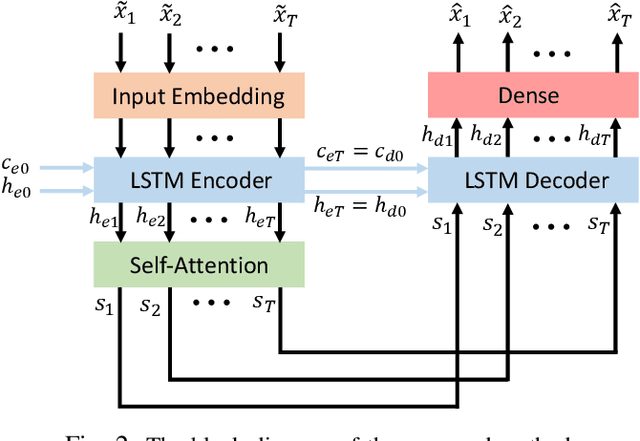
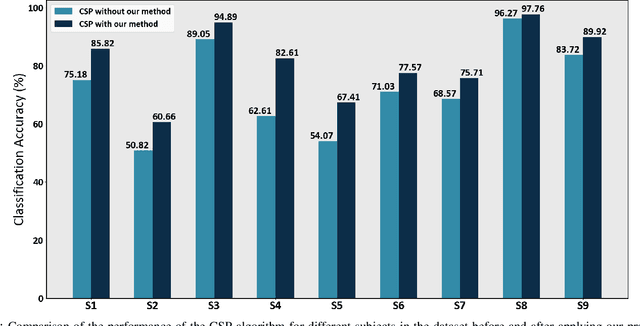
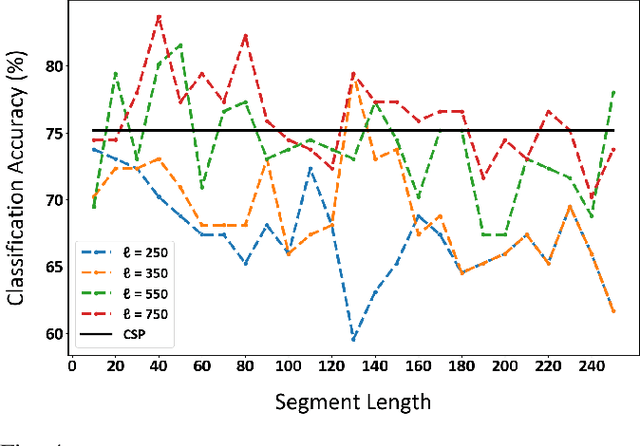
Abstract:Detecting the salient parts of motor-imagery electroencephalogram (MI-EEG) signals can enhance the performance of the brain-computer interface (BCI) system and reduce the computational burden required for processing lengthy MI-EEG signals. In this paper, we propose an unsupervised method based on the self-attention mechanism to detect the salient intervals of MI-EEG signals automatically. Our suggested method can be used as a preprocessing step within any BCI algorithm to enhance its performance. The effectiveness of the suggested method is evaluated on the most widely used BCI algorithm, the common spatial pattern (CSP) algorithm, using dataset 2a from BCI competition IV. The results indicate that the proposed method can effectively prune MI-EEG signals and significantly enhance the performance of the CSP algorithm in terms of classification accuracy.
A Subject-Independent Brain-Computer Interface Framework Based on Supervised Autoencoder
Apr 19, 2022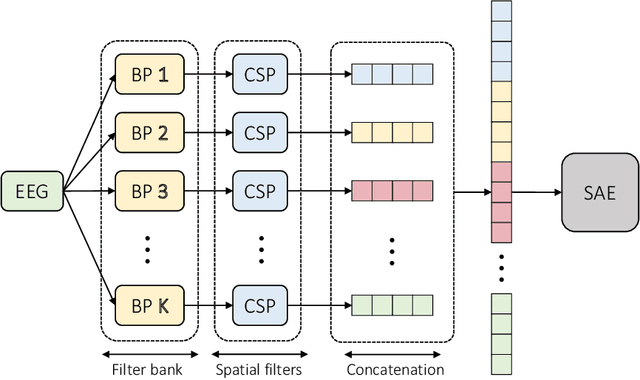
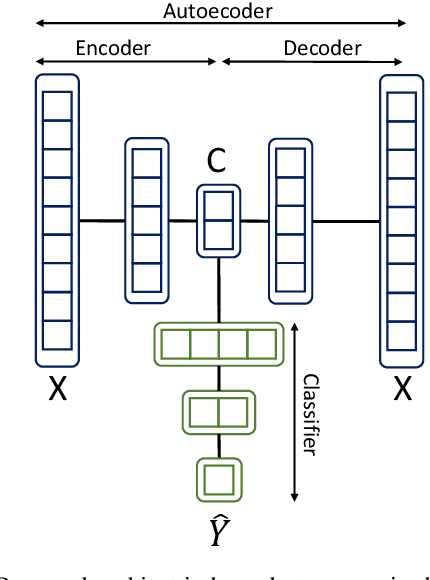
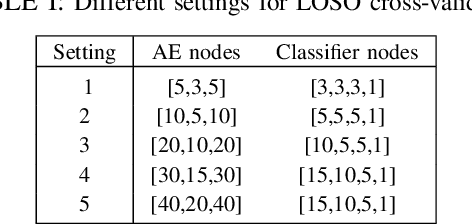
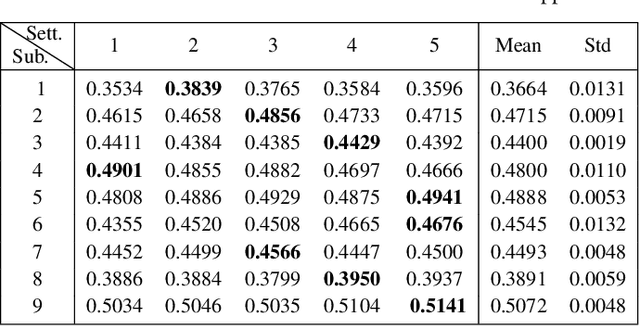
Abstract:A calibration procedure is required in motor imagery-based brain-computer interface (MI-BCI) to tune the system for new users. This procedure is time-consuming and prevents na\"ive users from using the system immediately. Developing a subject-independent MI-BCI system to reduce the calibration phase is still challenging due to the subject-dependent characteristics of the MI signals. Many algorithms based on machine learning and deep learning have been developed to extract high-level features from the MI signals to improve the subject-to-subject generalization of a BCI system. However, these methods are based on supervised learning and extract features useful for discriminating various MI signals. Hence, these approaches cannot find the common underlying patterns in the MI signals and their generalization level is limited. This paper proposes a subject-independent MI-BCI based on a supervised autoencoder (SAE) to circumvent the calibration phase. The suggested framework is validated on dataset 2a from BCI competition IV. The simulation results show that our SISAE model outperforms the conventional and widely used BCI algorithms, common spatial and filter bank common spatial patterns, in terms of the mean Kappa value, in eight out of nine subjects.
A self-paced BCI system with low latency for motor imagery onset detection based on time series prediction paradigm
Apr 12, 2022


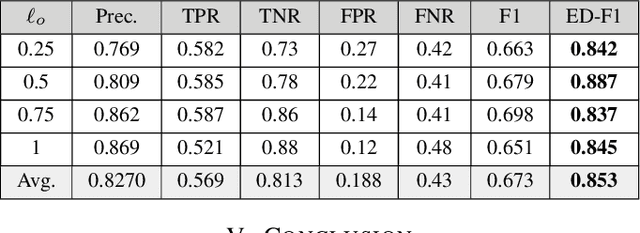
Abstract:In a self-paced motor-imagery brain-computer interface (MI-BCI), the onsets of the MI commands presented in a continuous electroencephalogram (EEG) signal are unknown. To detect these onsets, most self-paced approaches apply a window function on the continuous EEG signal and split it into long segments for further analysis. As a result, the system has a high latency. To reduce the system latency, we propose an algorithm based on the time series prediction concept and use the data of the previously received time samples to predict the upcoming time samples. Our predictor is an encoder-decoder (ED) network built with long short-term memory (LSTM) units. The onsets of the MI commands are detected shortly by comparing the incoming signal with the predicted signal. The proposed method is validated on dataset IVc from BCI competition III. The simulation results show that the proposed algorithm improves the average F1-score achieved by the winner of the competition by 26.7% for latencies shorter than one second.
 Add to Chrome
Add to Chrome Add to Firefox
Add to Firefox Add to Edge
Add to Edge